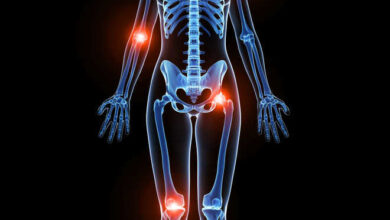Brisk Walking At 4 Kmph Or Higher Reduces Risk Of Type 2 Diabetes: Study
A new research published in the British Journal of Sports Medicine found that walking at a brisk pace breaks down blood glucose more quickly, which lowers the risk of type 2 diabetes more efficiently. Walking speed is important, according to research that quantifies exact percentages of risk reduction linked with varying walking speeds instead of concentrating just on walking length.

Interestingly, there is a substantial correlation between a decreased risk of type 2 diabetes and maintaining a walking pace of 4 km/h or above. Functional medicine specialist Vijay Thakkar emphasized that the research quantifies this association, showing that walking faster than 4 km/h reduces the risk of diabetes by 9% for every extra 1 km/h. In contrast, walking at an average pace of 3-5 km/h is associated with a 15% lower risk; at faster speeds, the risk reduction increases to 24% for 5–6 km/h and 39% for speeds beyond 6 km/h.
The research interestingly emphasizes the importance of walking pace, independent of the amount of time spent on the exercise. It suggests that walking speed, which is a measure of physical activity intensity, is a significant factor in lowering the incidence of type 2 diabetes, independent of the amount of time spent walking.
Senior Consultant in Endocrinology at Indraprastha Apollo Hospital in New Delhi, Dr. Richa Chaturvedi, emphasizes that sedentary lifestyles and lack of exercise impair the body’s ability to utilize glucose, which in turn causes a loss of muscle mass and an increase in fat storage, ultimately contributing to the development of diabetes. She emphasizes that walking may counteract these impacts since it is a practical alternative. Increased muscular strength and cardiorespiratory fitness are correlated with faster walking speeds. In addition, walking quickly improves insulin sensitivity and helps people lose weight. Thakkar says this research establishes the groundwork for creating walking regimens that work and offers insightful information about employing walking speed for diabetes prevention.
Whether the study’s recommended walking speeds are appropriate for all situations is the main concern that emerges. Walking at 6 km/h has been associated with the biggest risk decrease, according to Dr. Chaturvedi. This equates to walking across a football field four times in a 15-minute period. She does, however, stress how crucial it is to match the speed to each person’s ability, fitness level, age, and health. The doctor said that finding the right walking pace entails striking a balance between practicality and efficacy.







